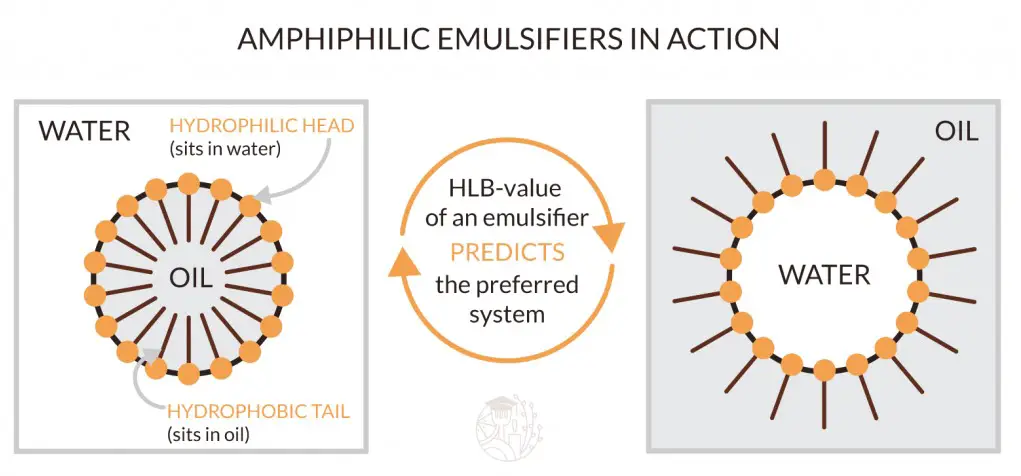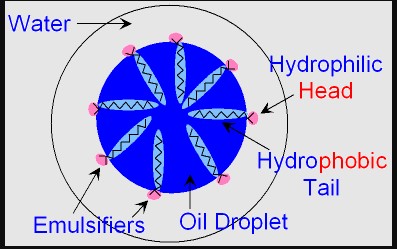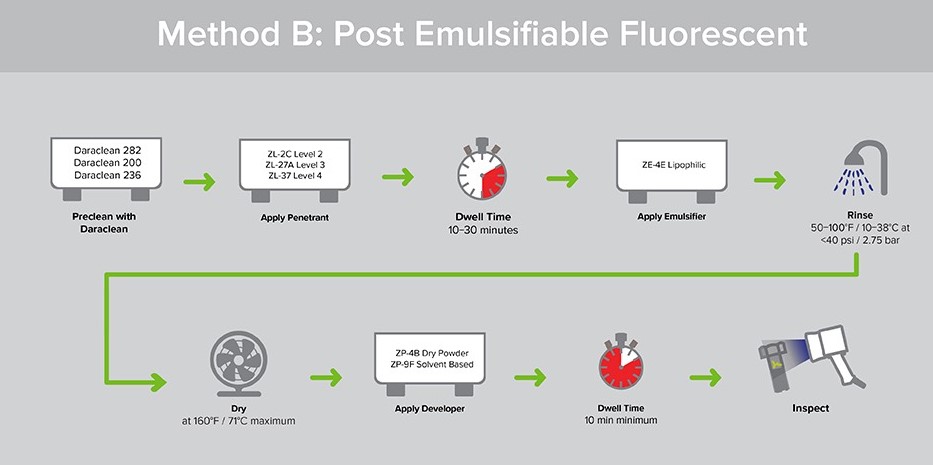Emulsifiers are the unsung heroes in the realm of chemistry, silently orchestrating the harmony between water and oil, two substances famously averse to mixing. These compounds facilitate the formation of stable emulsions, allowing for the creation of a myriad of products, from cosmetics to food items, that we use daily. Their role is crucial in industries where product consistency, texture, and shelf life are paramount.
The primary difference between lipophilic and hydrophilic emulsifiers lies in their affinity towards oil or water. Lipophilic emulsifiers are more soluble in oils and fats, making them ideal for oil-in-water emulsions. Conversely, hydrophilic emulsifiers have a greater affinity for water, excelling in water-in-oil emulsions. This distinction is critical for formulating products that meet specific needs and performance criteria.
In the intricate dance of mixing oil and water, emulsifiers act as mediators, reducing surface tension and fostering a stable blend. The choice between a lipophilic or hydrophilic emulsifier hinges on the desired outcome of the emulsion, whether it’s for a creamy cosmetic cream or a salad dressing. Their selection is a finely tuned process, balancing the emulsifier’s properties with the product’s formulation requirements.

Emulsifiers Explained
What Are Emulsifiers?
Emulsifiers are substances that help mix two immiscible liquids, such as oil and water. In the culinary world, think of a simple vinaigrette, where oil and vinegar blend into a smooth dressing, courtesy of an emulsifier. Beyond the kitchen, emulsifiers play a vital role in cosmetics, pharmaceuticals, and even paints, ensuring ingredients blend seamlessly for stability and improved texture.
Types of Emulsifiers
Emulsifiers come in various forms, each suited to specific applications based on their affinity for oil or water. Broadly, we categorize them into:
- Anionic: Negative charge; good for water-based products.
- Cationic: Positive charge; preferred for hair conditioners.
- Non-ionic: No charge; versatile, used in a wide range of products.
- Amphoteric: Can carry both charges; adaptable to different pH levels.
Lipophilic Emulsifiers
Definition
Lipophilic emulsifiers are those that have an affinity for oil. They are soluble in oils and fats, making them ideal for creating oil-in-water (O/W) emulsions. Here, oil droplets are dispersed in a continuous water phase, which is common in many skincare products.
Characteristics
Lipophilic emulsifiers exhibit unique physical and chemical properties:
- Oil Solubility: They dissolve in oil, facilitating the emulsion process.
- Hydrophobic Tail: This part of the molecule anchors itself in oil, stabilizing the emulsion.
Applications
These emulsifiers find their place in a variety of products:
- Cosmetics: For creams and lotions that absorb quickly.
- Food: In dressings and sauces, ensuring a smooth texture.
- Pharmaceuticals: In ointments and topical creams for better skin absorption.
Advantages
Choosing lipophilic emulsifiers comes with benefits:
- Stable O/W Emulsions: They create long-lasting emulsions that don’t separate easily.
- Enhanced Absorption: Products like lotions penetrate the skin more effectively.
Examples
Some commonly used lipophilic emulsifiers include:
- Glyceryl Stearate: Popular in creams and lotions.
- Sorbitan Oleate: Used in various cosmetic and food products.
Hydrophilic Emulsifiers
Definition
Hydrophilic emulsifiers, in contrast, have a preference for water. They excel in forming water-in-oil (W/O) emulsions, where water droplets are dispersed in a continuous oil phase. This type is often used in products that require a richer feel, like certain moisturizers.
Characteristics
These emulsifiers stand out due to their:
- Water Solubility: They easily dissolve in water.
- Hydrophilic Head: This component interacts with water, stabilizing the emulsion.
Applications
Their application spans across industries:
- Cosmetics: In richer, more moisturizing creams.
- Food: For products like butter and margarine.
- Pharmaceuticals: In more occlusive ointments and creams.
Advantages
Hydrophilic emulsifiers offer distinct advantages:
- Stable W/O Emulsions: They ensure a durable mixture that resists separation.
- Moisturization: Provide a barrier that locks in moisture, ideal for dry skin.
Examples
Commonly used hydrophilic emulsifiers include:
- Polysorbate 20: Frequently found in beauty products.
- Lecithin: A natural emulsifier used in food and cosmetics.

Comparing Lipophilic and Hydrophilic
The journey into the world of emulsifiers is one of fascinating chemical intrigue, where the battle between oil and water finds a harmonious resolution. Understanding the differences and applications of lipophilic and hydrophilic emulsifiers is essential for anyone involved in product formulation.
Chemical Structure
Lipophilic emulsifiers are characterized by their long, oil-loving tails, which anchor themselves in oil, leaving their water-attracting heads to interact with water. This structure is ideal for oil-in-water (O/W) emulsions, where the goal is to disperse oil droplets throughout a water base.
Hydrophilic emulsifiers, on the other hand, feature larger, water-loving heads with smaller oil-attracting tails. This configuration suits water-in-oil (W/O) emulsions, where water droplets are encapsulated within an oil phase. The structural differences between these two types of emulsifiers are crucial, as they dictate the emulsifier’s behavior and efficacy in various applications.
Solubility
Solubility is another key factor that distinguishes lipophilic from hydrophilic emulsifiers. Lipophilic emulsifiers are more soluble in oils and fats, making them the go-to choice for creating smooth, absorbent lotions and creams. Hydrophilic emulsifiers excel in water solubility, ideal for richer, more protective formulations.
Interfacial Tension
Interfacial tension plays a pivotal role in the stability of emulsions. Emulsifiers work by reducing this tension between oil and water, facilitating a stable blend. Lipophilic emulsifiers are particularly adept at lowering the tension in oil-rich environments, while hydrophilic emulsifiers excel in water-rich conditions. The right emulsifier can dramatically enhance the stability and longevity of a product.
Usage Considerations
Selecting between lipophilic and hydrophilic emulsifiers involves a thorough understanding of the end product’s desired characteristics. Considerations include the type of emulsion (O/W or W/O), the required stability, and the intended feel and absorption rate of the product on the skin or other surfaces.
Selecting the Right Emulsifier
The choice of an emulsifier is a critical decision in the formulation process, affecting everything from the product’s texture to its shelf life.
Factors to Consider
Several key factors influence the selection of an emulsifier:
- Type of Emulsion: Determines whether a lipophilic or hydrophilic emulsifier is needed.
- Stability Requirements: Some products may require the enhanced stability provided by certain emulsifiers.
- Sensory Properties: The feel, taste, or smell of the emulsifier can impact the final product.
- Compatibility: The emulsifier must work well with other ingredients in the formulation.
Blending Emulsifiers
In many cases, blending lipophilic and hydrophilic emulsifiers yields the best results. This approach allows formulators to tailor the emulsion’s properties, such as viscosity, feel, and stability, to meet specific needs. Blending emulsifiers involves careful consideration of their proportions and interactions to achieve the desired outcome.
Innovation and Trends
The field of emulsifier technology is one of constant innovation, driven by the demand for more effective, sustainable, and consumer-friendly products.
Recent Developments
Recent advancements in emulsifier technology have focused on natural and sustainable sources, such as plant-based emulsifiers, which appeal to environmentally conscious consumers. There’s also a trend toward multifunctional emulsifiers that offer additional benefits, such as antimicrobial properties or enhanced skin absorption.
Future Outlook
Looking ahead, the potential for emulsifier technology seems limitless. Emerging research is exploring the use of nanotechnology to create even more effective and targeted emulsification processes. Additionally, there’s growing interest in developing custom emulsifiers for specialized applications, ranging from advanced cosmetics to novel food products.
Frequently Asked Questions
What is an emulsifier?
An emulsifier is a substance that helps to stabilize mixtures of oil and water by reducing the surface tension at the interface between the two liquids. This allows for the formation of a stable emulsion, where tiny droplets of one liquid are dispersed throughout the other, preventing them from separating.
Why are lipophilic and hydrophilic emulsifiers important?
Lipophilic and hydrophilic emulsifiers are crucial because they cater to different types of emulsions. Lipophilic emulsifiers are better suited for oil-in-water emulsions, which are common in products that need to feel light and absorb quickly into the skin or be consumed easily. Hydrophilic emulsifiers, on the other hand, are essential for water-in-oil emulsions, providing a richer, more moisturizing texture ideal for waterproof cosmetics or heavier food products.
How do I choose between a lipophilic and a hydrophilic emulsifier?
Choosing between a lipophilic and hydrophilic emulsifier depends on the specific requirements of your product, including the desired texture, the type of emulsion (oil-in-water or water-in-oil), and the solubility of other ingredients. It’s also important to consider the stability and shelf-life of the product, as well as any regulatory or skin sensitivity issues.
Can lipophilic and hydrophilic emulsifiers be used together?
Yes, lipophilic and hydrophilic emulsifiers can be used together to create more complex emulsions, such as multiple emulsions (water-in-oil-in-water or oil-in-water-in-oil). This combination can offer the best of both worlds, improving the texture, stability, and appearance of the final product. The choice to blend emulsifiers should be guided by formulation goals and the characteristics of the target emulsion.
Conclusion
Emulsifiers bridge the gap between oil and water, crafting products that are integral to our daily lives. The nuanced differences between lipophilic and hydrophilic emulsifiers underscore the sophistication involved in product formulation. Choosing the correct emulsifier is not merely a technical necessity; it’s an art that enhances the consumer experience, ensuring products perform as intended, feel pleasant, and remain stable over time.
The journey from raw ingredients to the final product is paved with decisions about which emulsifier best suits the product’s needs. Whether it’s creating a luxurious cream or a hearty dressing, the choice between lipophilic and hydrophilic emulsifiers plays a pivotal role in defining the product’s character. It’s a testament to the subtle yet powerful influence of chemistry in crafting the textures and consistencies that make our everyday products enjoyable.

